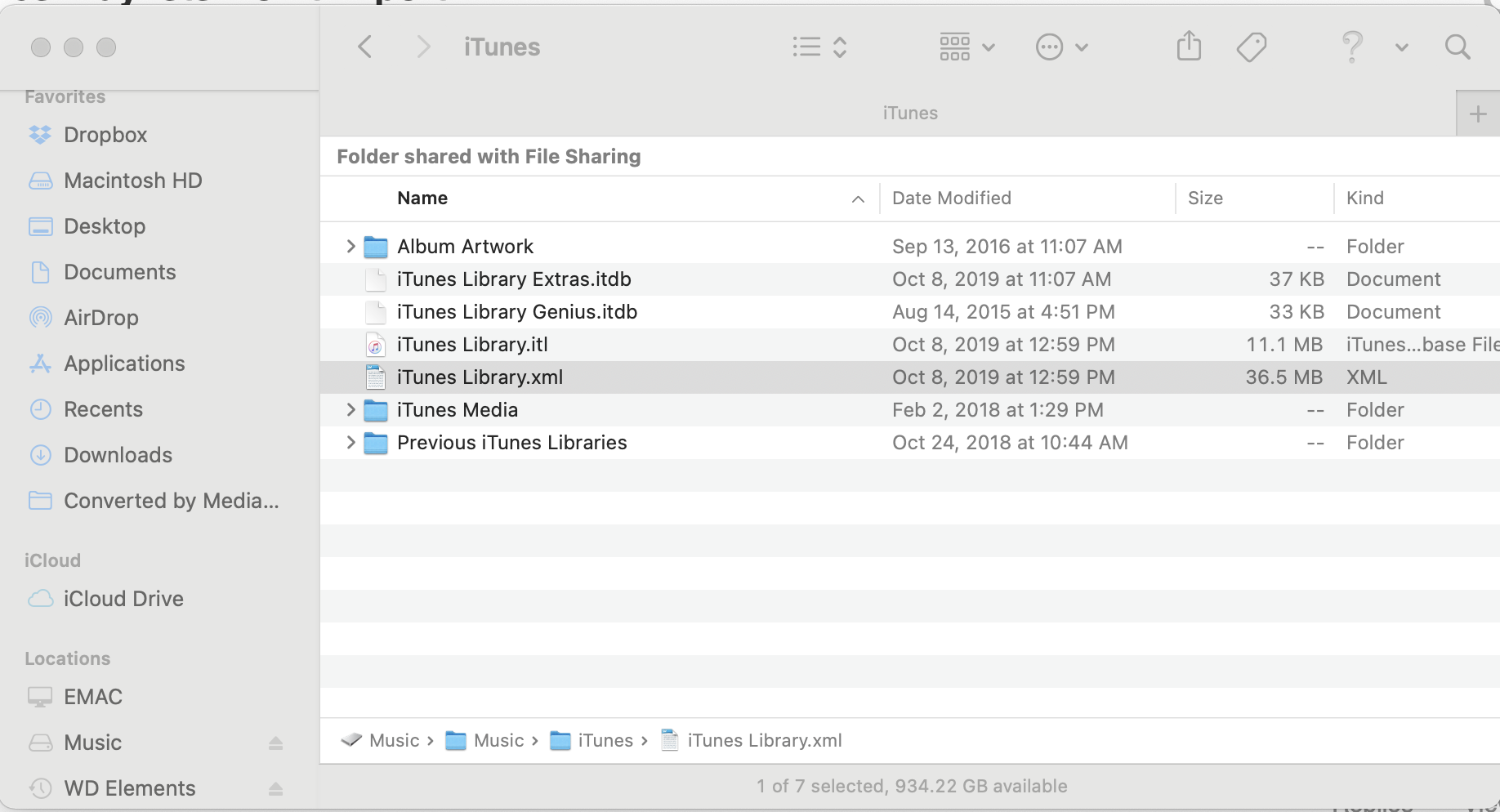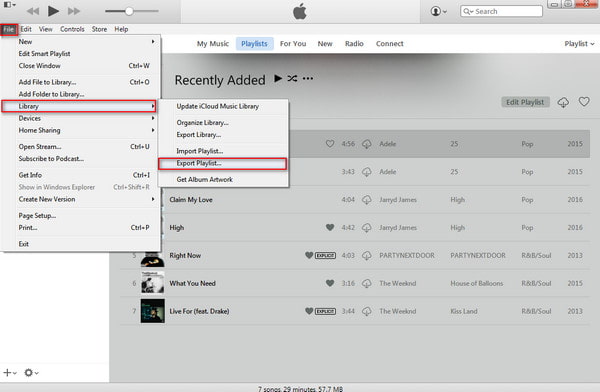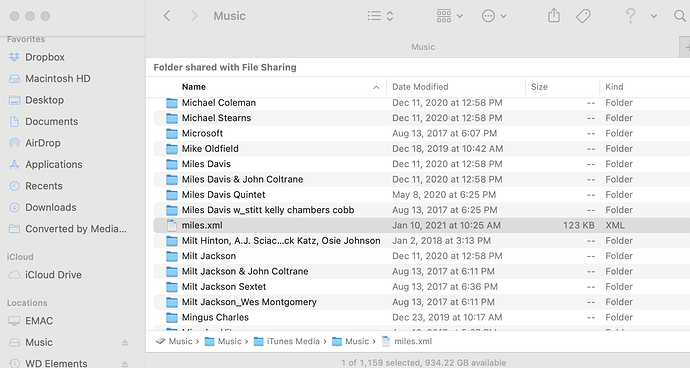

The songs.xml file references each song as being in a subfolder of /Music e.g. The issue is that ALL files are now directly in this folder and not within the subfolders. A fragment containing 2 Adele songs is below.Īfter exporting the playlist, I copied the music files to the /Music folder on the external drive. Each song exported appears to have its metadata stored under a node in the XML file. I exported my iTunes playlist as an XML file (songs.xml) onto an external drive. I hope that somebody can help me with this explanation. This tool will close programs and apps running in the background to ensure your computer efficiently performs while you play around with iTunes.This is a simplified version of a question I asked at the end of last year but could not get to the bottom of it.
#ITUNES PLAYLIST EXPORT XML INSTALL#
As long as you follow it step-by-step, there shouldn’t be any problem and to ensure you don’t encounter any issue while generating an iTunes Library XML file, download and install Mac repair app on your Mac. This guide should help you create an XML file for your iTunes Library. Take note that if you have plenty of tracks in your Library, the process may take a while. ITunes should now examine the file, locate all your tracks and playlists, and add them to your Library. Open the iTunes Library.xml file you saved in another folder or on your Desktop.
#ITUNES PLAYLIST EXPORT XML HOW TO#
Below are the steps on how to use an iTunes Library XML file to fix your iTunes Library: In cases like this, an iTunes Library XML file comes handy. There may be songs or tracks that appear missing from your Library but are still in your iTunes Media folder.

Once in a while, you may encounter problems with your iTunes Library. Other Uses of the iTunes Library XML File It is often saved under the default iTunes Library directory unless you decide to move it manually to another location. Click the OK button to accept and apply the changes.Īt this point, iTunes should already generate an iTunes Music Library XML file.Enable the creation of an iTunes Library XML file by checking the box next to the Share iTunes Library XML with other applications option.Select Preferences and click on the Advanced tab.To generate an iTunes Library XML file, follow the steps below: Steps in Creating an iTunes Library XML File

The next time an app requires it, or you need it for some other purposes, you should know what to do. We created this guide to teach you how to generate an iTunes Music Library.xml file. About Outbyte, uninstall instructions, EULA, Privacy Policy.

Even so, there are still ways to create an iTunes Library XML file on your Mac, so rejoice! Unfortunately, iTunes 12.2 and later versions no longer create an iTunes Library XML file. Since it is saved in a readable XML file format, it is compatible with some apps. It also enables the efficient management of iTunes library data. It makes importing media easier and faster. Simply said, the iTunes Library XML file is a file that stores some critical iTunes library information. These applications use this file to make it easier for you to add music from your iTunes library to your projects.” The purpose of the iTunes Library.xml file is to make your music and playlists available to other applications on your computer, such as iPhoto, Garageband, iMovie, and third-party software, in OS X Mountain Lion and earlier. “The iTunes Library.xml file contains some, but not all, of the same information that’s stored in the iTunes l file. But what exactly is an iTunes Library XML file and what other purposes does it serve? What is an iTunes Library XML File? This could be sad news for some iTunes fans because this file is responsible for granting apps permission to easily interact and connect with the iTunes Library. The latest iTunes version no longer creates an iTunes Library XML file.


 0 kommentar(er)
0 kommentar(er)
